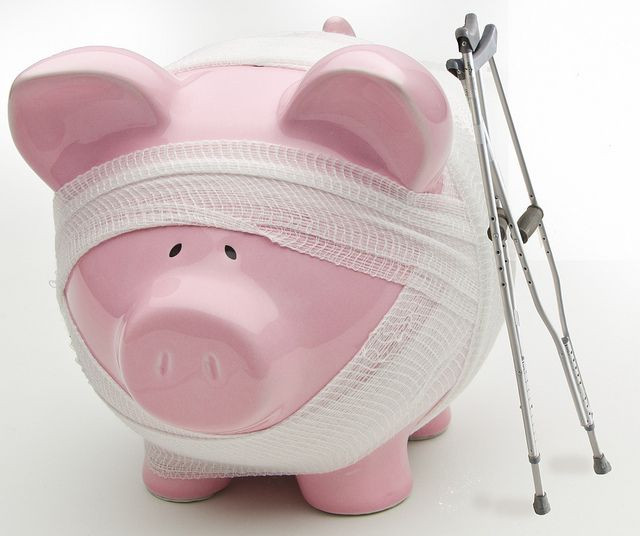Cancer In The ME ME ME Generation: Bankruptcy Rates Highest With Millennials and Late Gen-Xers

Here's one statistic that Joel Stein didn't include in his now-infamous TIME article on millennials: they have the greatest risk of filing for bankruptcy after receiving a cancer diagnosis.This is according to a new study in the journal Health Affairs.
"This is the strongest evidence we have between a disease and risk for severe financial distress," said lead author Dr. Scott Ramsey an internist and health economist at Fred Hutchinson Cancer Research Center in Seattle.
The investigators reviewed public bankruptcy records from 197,840 cancer patients and an equal number of controls from western Washington state. They found strong evidence of a link between cancer diagnosis and increased risk of bankruptcy for data pulled from 1995 - 2009.
Overall, people with cancer were two-and-a-half times more likely to file for Chapter 7 or Chapter 13 relative to those without cancer.
Cancer incidence rises as humans age, so cancer prevalence amongst Gen-Xers and millennials, as one would expect, is low. However, patients diagnosed with the disease in their 20s or early 30s had the highest rates of bankruptcy in this study.
Although this is one of the first unbiased studies to examine the connections between cancer and bankruptcy, these gloomy findings aren't too shocking, given the high costs for cancer treatment -- even for those with insurance -- and the multiple financial crises over last 2 decades.
Add crippling levels of college debt to two ruptured economic bubbles (Dot-com and housing), and the nation has a situation where cancer becomes an insurmountable barrier for 20- or 30-somethings that are trying to establish an economic foundation.
"The youngest groups in the study were diagnosed at a time when their debt-to-income ratios are typically highest - often unavoidably, because they are paying off student loans, purchasing a home, or starting a business," the authors wrote.
Patients spend $1.3 billion out of pocket on medical treatment each year, according to the US Agency for Healthcare Research and Quality. A person's income tends to drop after diagnosis, which places an extra squeeze pocketbooks. A study of individuals with breast cancer found average yearly wages drop by $3,600 within the first 5 years of diagnosis.
Despite being less common, thyroid cancer was linked to the highest chances of filing for bankruptcy. The authors surmise this trend could be due to thyroid cancer affecting younger women more often than other cancers.
"Compared to men, younger women are more likely to live in single-income households and to have lower wages and lower rates of employment, and therefore less access to high-quality health insurance - leaving them more financially vulnerable," the authors wrote.
Lung cancer, the most common cancer in the world in terms of incidence and deaths, came in second on the bankruptcy list.
"Although the risk of bankruptcy for cancer patients is relatively low in absolute terms [with cancer: 2.2%; without cancer: 1.1%], bankruptcy represents an extreme manifestation of what is probably a larger picture of economic hardship for cancer patients," wrote the authors.
Patients in the study were identified from a population-based cancer registry that is part of the National Cancer Institute's Surveillance Epidemiology and End Results (SEER) program. Data on controls were collected from a commercially available repository of public data called LexisNexis.
Source: Ramsey et al. Washington State Cancer Patients Found To Be At Greater Risk For Bankruptcy Than People Without A Cancer Diagnosis. HEALTH AFFAIRS. 2013.
Published by Medicaldaily.com



























